Last weekend I was in Sydney and wanted to visit the Australian Museum to see the new Ramses exhibition. This is exclusive to the Australian Museum so won’t be touring around. As well as a standard exhibition to explore, there is a virtual reality experience on offer. We decided against the experience and just went with the exhibition. To begin, I want to say that while there are animal remains on display, there are no human remains. I did hear a few visitors asking “where are the mummies?” While I am tempted to delve further into this topic, I want to keep this post about the exhibition. If you are interested in reading more about mummies, I would strongly recommend reading Mummified by Angela Stienne. Definitely worth looking into the ethics of this kind of display.
This post will start with an overall impression of the exhibition, then focus on a couple of objects. This year, I’m trying to select one highlight element from each exhibition I visit. So, I’ll also be covering that in this post. For more information on the exhibition, I’ve included a link at the end!
Overall Impression

I visited on a Sunday and it was so intensely busy I don’t think buying a ticket onsite would be possible. My best advice is to pre-purchase a ticket and arrive on time. The wait to get in wasn’t too long and everything had been well organised to manage a crowd.
Once inside, there is a short holding area with a video to watch before you can head into the exhibition. This tactic works pretty well for streamlining visitors into small groups. I do enjoy how dramatic these short videos are and hope they never disappear. Once inside the exhibition, there are two levels filled with objects, dioramas, videos, and information panels. A generic archaeology soundtrack plays throughout creating an appropriate soundscape.
Because it was so busy, there were a few bottleneck areas that resulted in queues. One area I thought could have been slightly altered is at the bottom of the escalator. Here there is an object that isn’t set back far enough. People linger around the object making it difficult for those stepping off the escalator to move around. In terms of accessibility, I also noticed a lack of chairs and seats for those who might require them in the space.
I managed to see most of the display cases and read the majority of labels which took me just under two hours. I spent a bit of time in the two most immersive areas. One of which had the empty sarcophagus of Sennedjem in the middle and TV screens surrounding it with enlarged images. I’ve included a photograph below so you can see what I mean. The second area had the coffin of Ramses II. Rather than being surrounded by TVs, wallpaper has been used to create the look of his tomb. A nice rest from the digital.
Overall, I did enjoy seeing the objects and learning more about this period of Egyptian history. It is a pharaoh-heavy exhibition (you can gather that from the title) so expect to see objects relating to this and not really anything else.
Highlight Objects
Now that I’ve set the scene, here are my top five objects that I hope give you a sense of what’s on display.
1. Sennedjem’s Outer Coffin


On the lower level of the exhibition is this colourful outer coffin belonging to Sennedjem. He was an artist who painted the coffins of Ramses and his father. It is such a colourful coffin with hieroglyphs and gods of the underworld painted all over the surface. There is even a mummification scene. It is on display surrounded by digital screens showing other paintings so you feel totally immersed.
2. Gilded Wooden Mask from the Coffin of Amenemope

We queued the longest to see this mask. Amenemope was a Pharaoh who ruled between 1001 and 992BC. This mask was found in his tomb, one of the most intact royal burials ever discovered.
3. Ramses II Coffin

At the end of the exhibition, you will find the coffin of Ramses II. It is presented in a room covered in wallpaper that aims to transport you to the real tomb in Egypt.
4. Coffin for Cat Mummy

This object really stands out in the exhibition and is displayed alongside mummified cats. There is something about the expression on the cat’s face that has made it into my top 5.
5. Colours

Last, but not least, one of my favourite elements of the exhibition is this display case. It shows you what colours would have been used in Egypt to decorate statues, paintings, etc. I’ve never seen the colours before so it was a great contextualising element.
My Highlight
Canopic Coffinettes
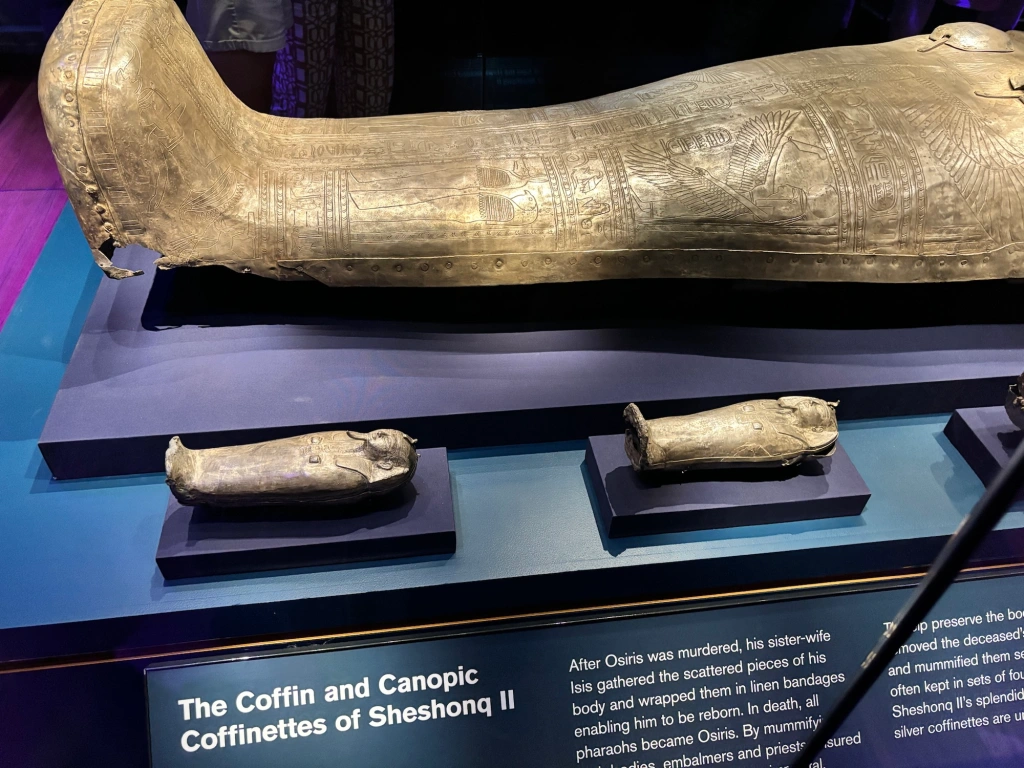
My highlight element for this exhibition is the coffinettes displayed alongside the coffin of Sheshong II. These miniature coffins were used as canopic jars to store the deceased’s lungs, liver, intestines, and stomach. They are displayed beautifully alongside the coffin and really emphasise the power this individual had in life. Not only could they afford mummification, but specialised canopic jars.
Conclusion
It was an interesting exhibition that had some excellent elements and objects. I highly recommend booking tickets before going to the exhibition! It’s currently on display until 19 May 2024. For more accessibility information, head to their website: https://australian.museum/exhibition/ramses/.

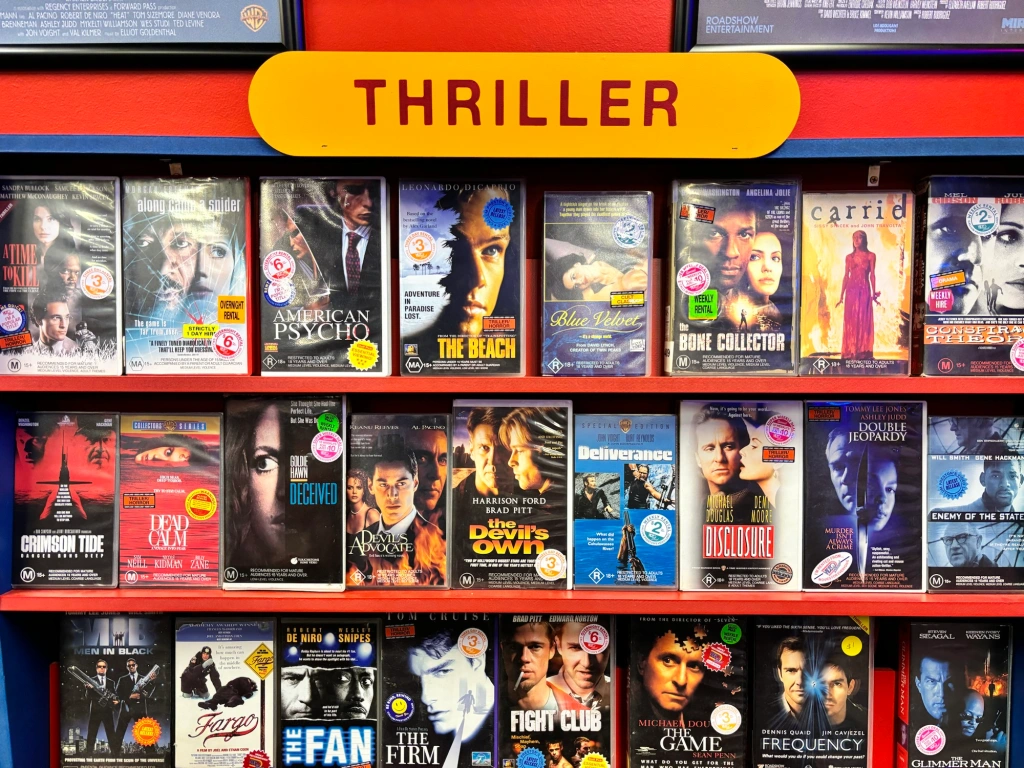
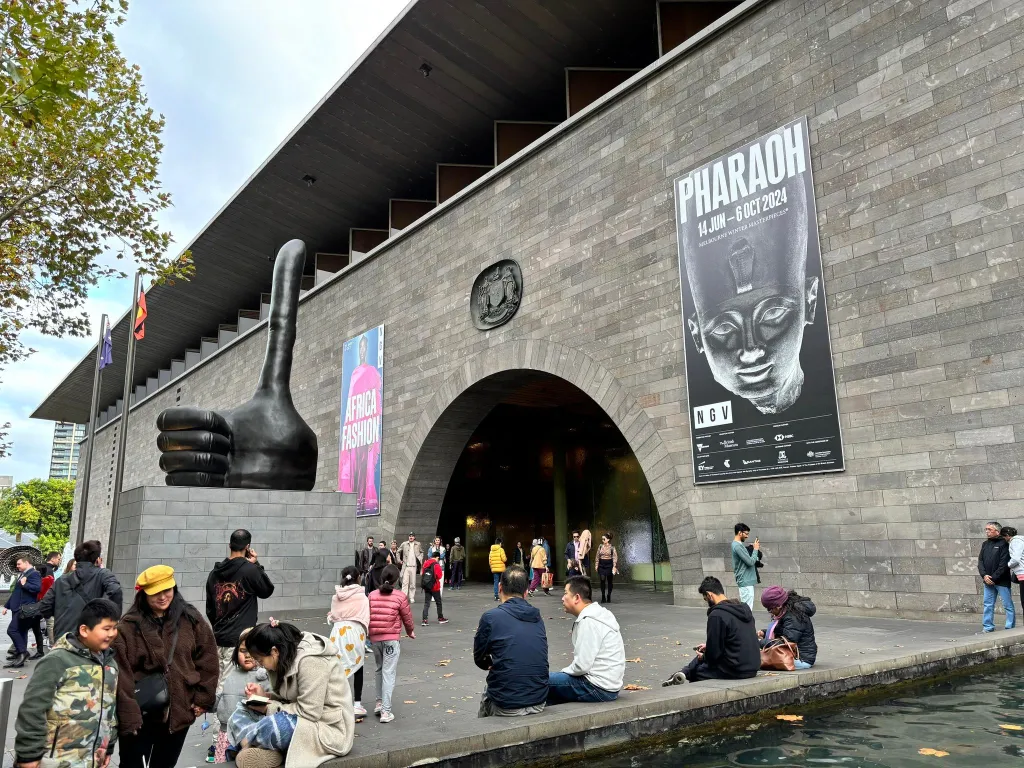

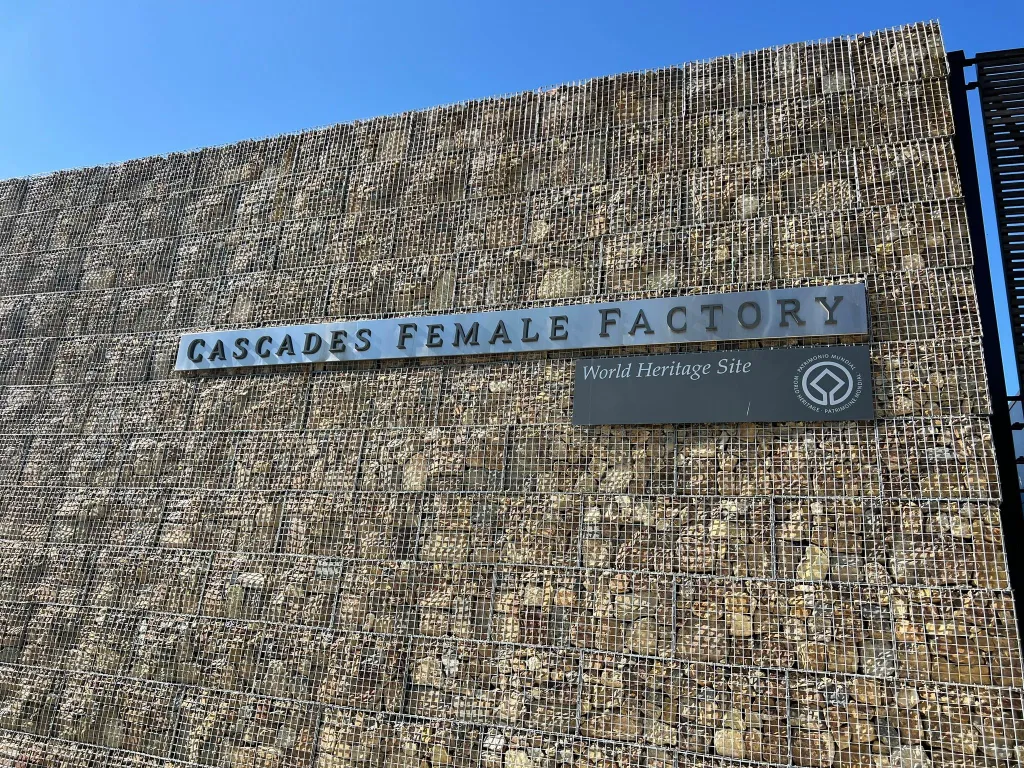
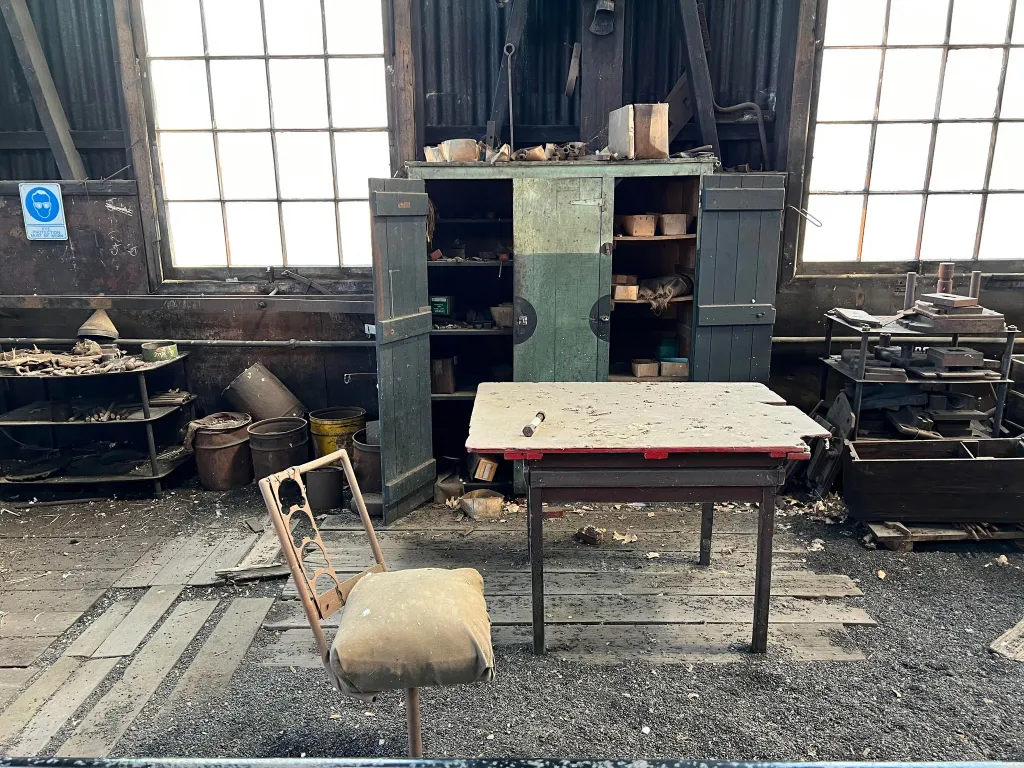
Leave a comment